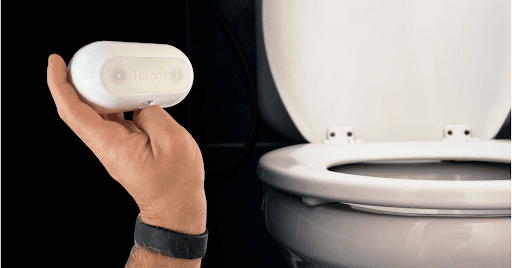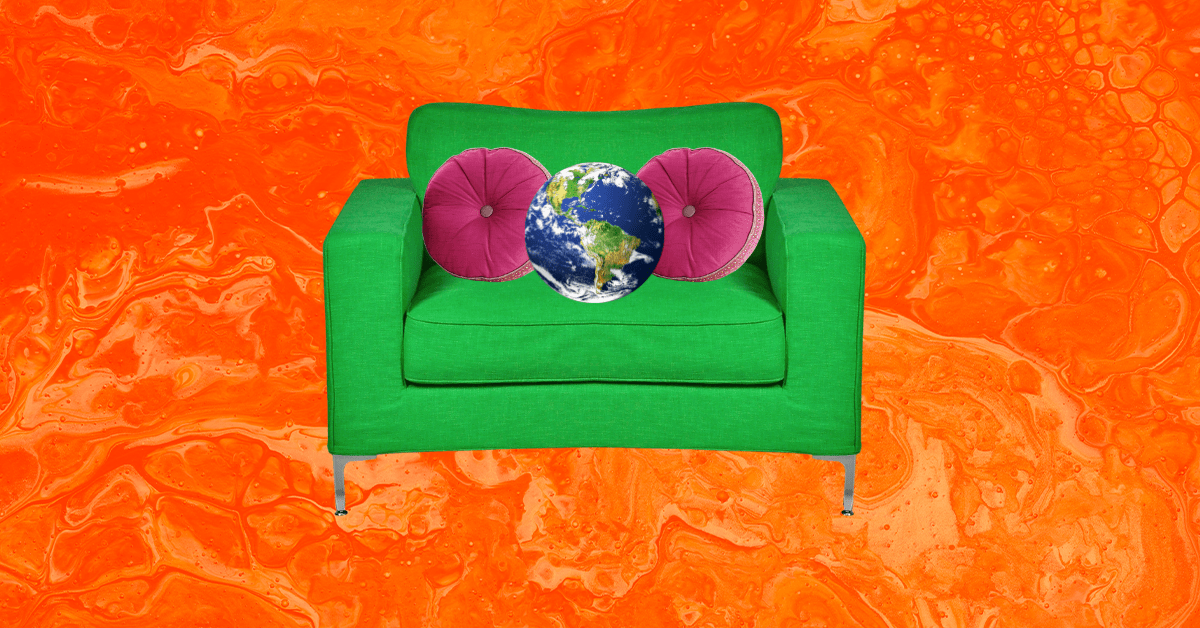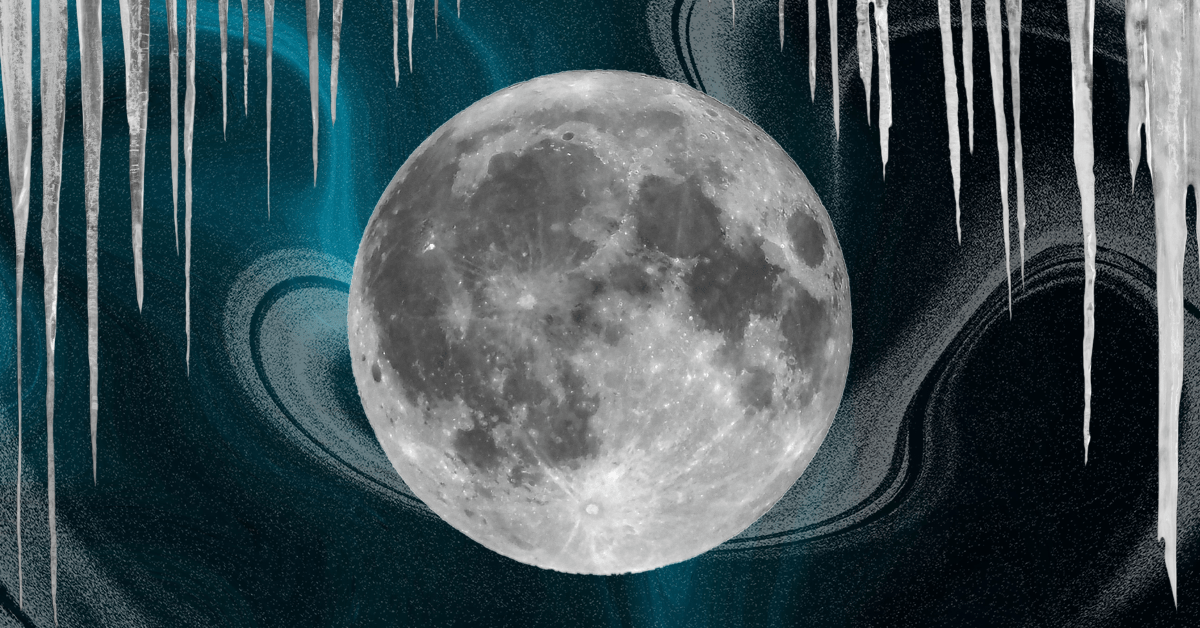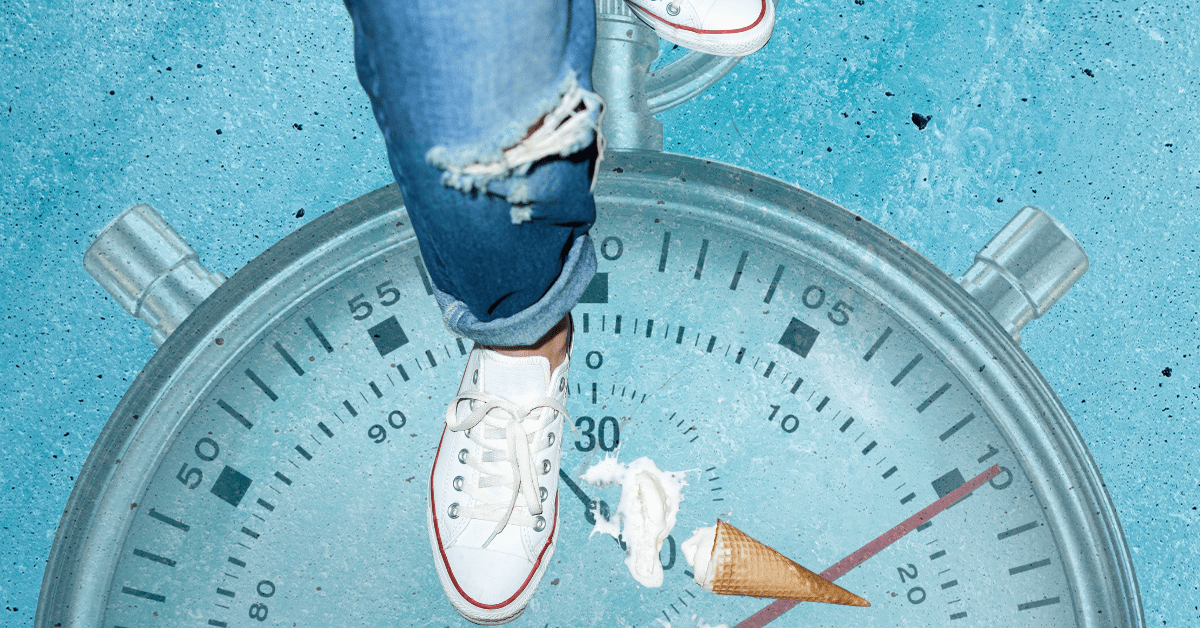
Life on (not actually) Mars
NASA just locked four people in a 3D-printed habitat on a fake Mars for one year.
Congrats on joining the best damn newsletter in the world
Published:
Updated:
Need the full story?
Sign up for The Hustle to get the business world's wildest stories delivered daily. This one's on us.
Related Articles
-

-

Astronaut could very legitimately be your next job
-

This ‘smart toilet’ started as a joke — now it’s gaining momentum
-

Clean blood is trendy, if you can afford it
-

The $1k chair that feels good to throw away
-

Astronomers don’t want ads in space
-

Glowing bunnies and real-life unicorns: Biohacking is coming for our pets
-

Fly me to the moon, without disturbing an important historical site
-

NASA’s tiny robots are gearing up for an icy, moonlit swim
-

Scientists agree: The 5-second rule isn’t real


